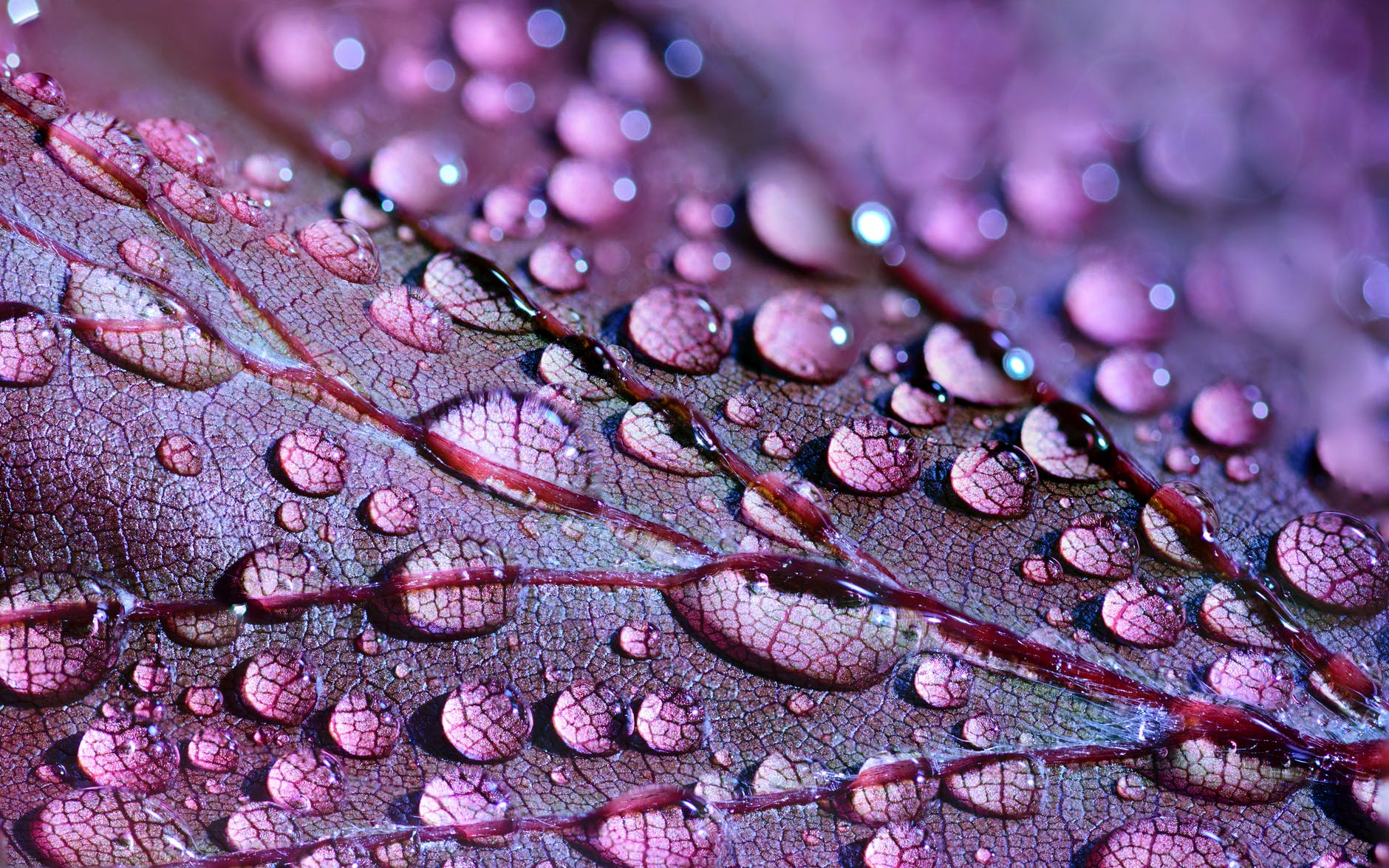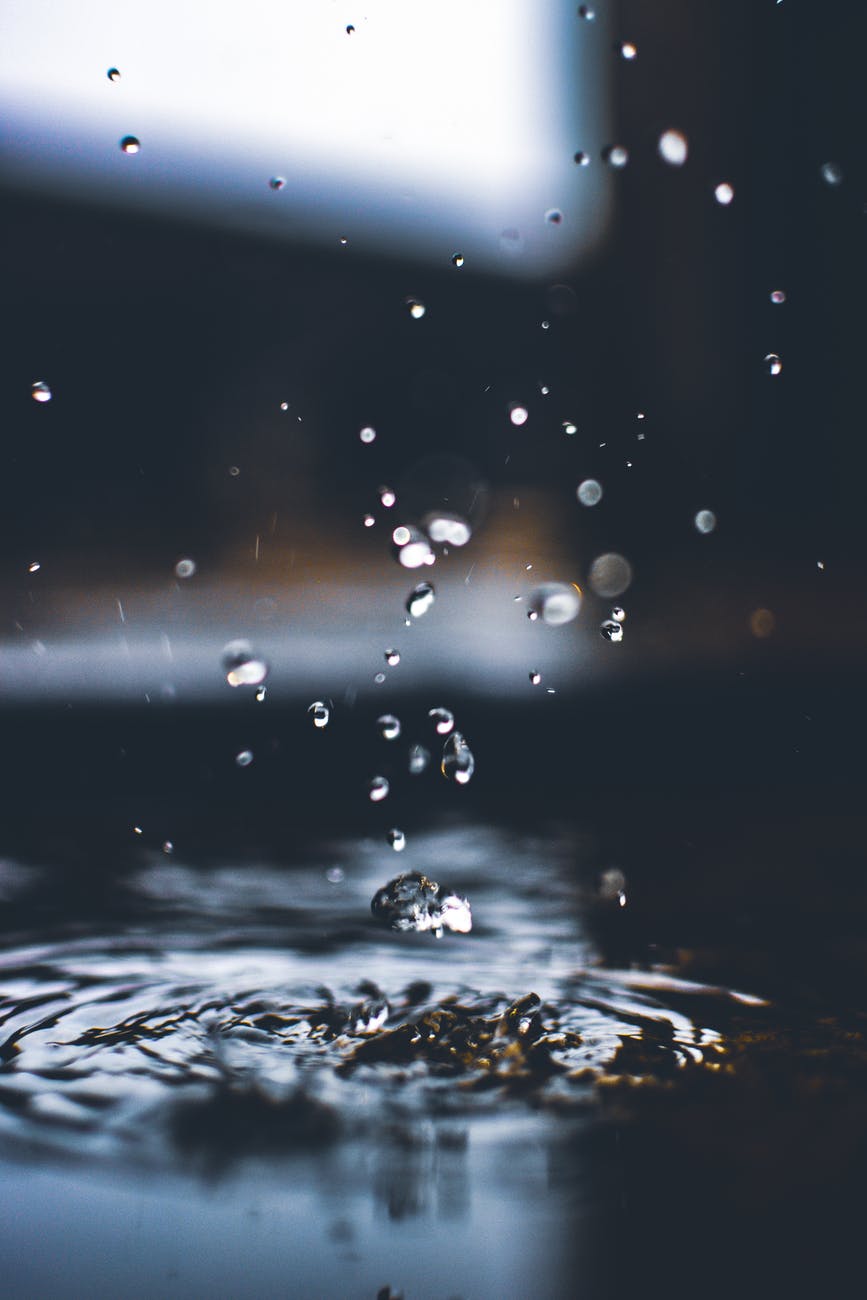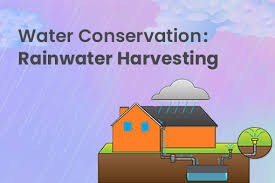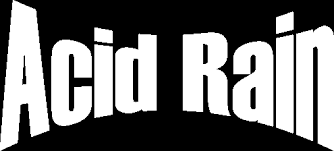Welcome back readers,
Yes, I am back again after a very long time. I hope you are doing good. Now, because of the present situation where everyone is sitting at home and taking precautions, there is minimal movement on the roads. And because there is minimal movement on roads, there is only a little pollution caused. Due to this advantage the universe is bringing us rain. Like in Bangalore, there are sudden climate changes. For example: In the early morning it is cold then in the afternoon it is burning hot and if it is windy it rains heavily during the evening and night. This was one of my experience which i had in lock down. So now you must have got an idea about what this blog will be about.



This blog is going to be about rain. Do you like playing in rain?because I just love playing in rain and getting totally drenched. I also love the petrichor which is in the air after it rains. There is one thing which i hate after it rains, and that is that all the frogs and snails come out and it is very disgusting when they come in your way. Everyone likes rain in one or the other way, but everyone should also be aware of the ways we can save and recycle that rainwater. One of the ways to save rain water is through rain water harvesting. Now, let me explain to you what rain water harvesting actually means.
RAIN WATER HARVESTING: Rainwater harvesting is the collection and storage of rain, rather than allowing it to run off. This practice is being practiced from a long time. Rainwater harvesting helps us save a lot of rainwater, so where ever it is practiced they have a good amount of water in that area. Rainwater harvesting is practiced in many parts of the world. The advantages of rainwater harvesting system are:
- Less cost.
- Decreases the demand for water.
- Reduces the need for imported water.
- Promotes both water and energy conservation.
- Improves the quality and quantity of groundwater.
- Does not require a filtration system for landscape irrigation.
- It reduces soil erosion, storm water run off, flooding, and pollution of the surface water with fertilizers, pesticides, metals and other sediments.
- It is an excellent source of water for landscape irrigation with no chemicals and dissolved salts and free from all minerals.

So, this was one of the ways to prevent rainwater wastage. There is one more thing which happens during rain in some places of the world. This is Acid Rain. Now, let’s get to know some information on acid rain. Here we go!
ACID RAIN: Acid rain, or acid deposition, is a term that includes any form of precipitation with acidic components, such as sulfuric or nitric acid. This can include rain, snow, fog, hail or even dust that is acidic. Acid rain is mostly occurred in those areas where there are more factories which emit chemicals in the air. The sulfur oxides and nitrogen oxides react with water, oxygen and other chemicals to form sulfuric and nitric acids. These then mix with water and other materials before falling to the ground. Acid rain is very harmful and bad for everyone.

So, this was all about acid rain. One of the reasons why I want this pandemic to get over is that when the pandemic gets over I will be able to play in rain and have fun getting drenched. So, here we come to the end of the blog. I hope you liked this blog and please share your experiences in rain with me in the comments section.
Hey Misha, enjoyed your writing.As you have asked to share our experiences writing this for you.
As you know I was born and brought up in Sirsi ,Uttarara kannada district of Karnataka,which is also known as the gate way of western ghats.I have seen and drenched in heavy rain fall during mansoon and have lots of memories. Frnkly speaking can write a book on this.
Wishing you good luck .
LikeLike
Thank you!!!
LikeLike